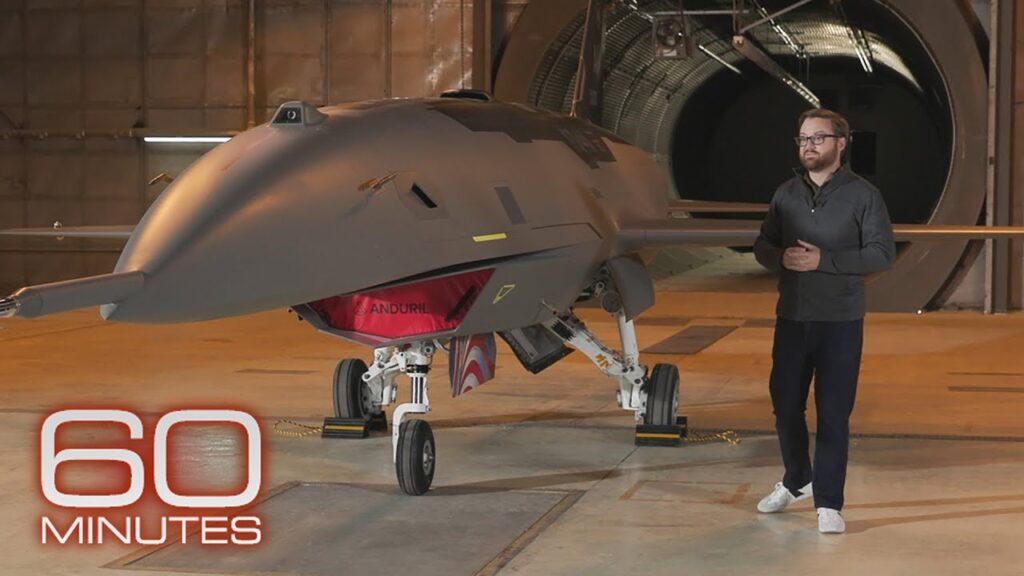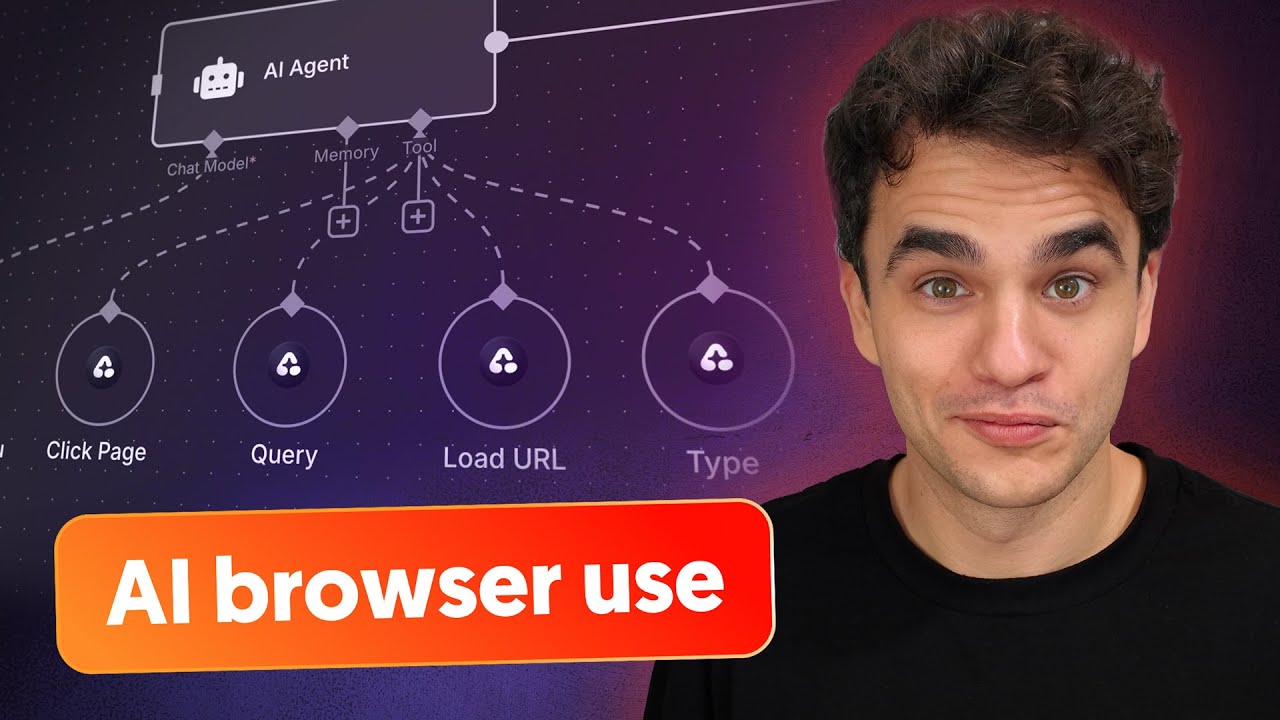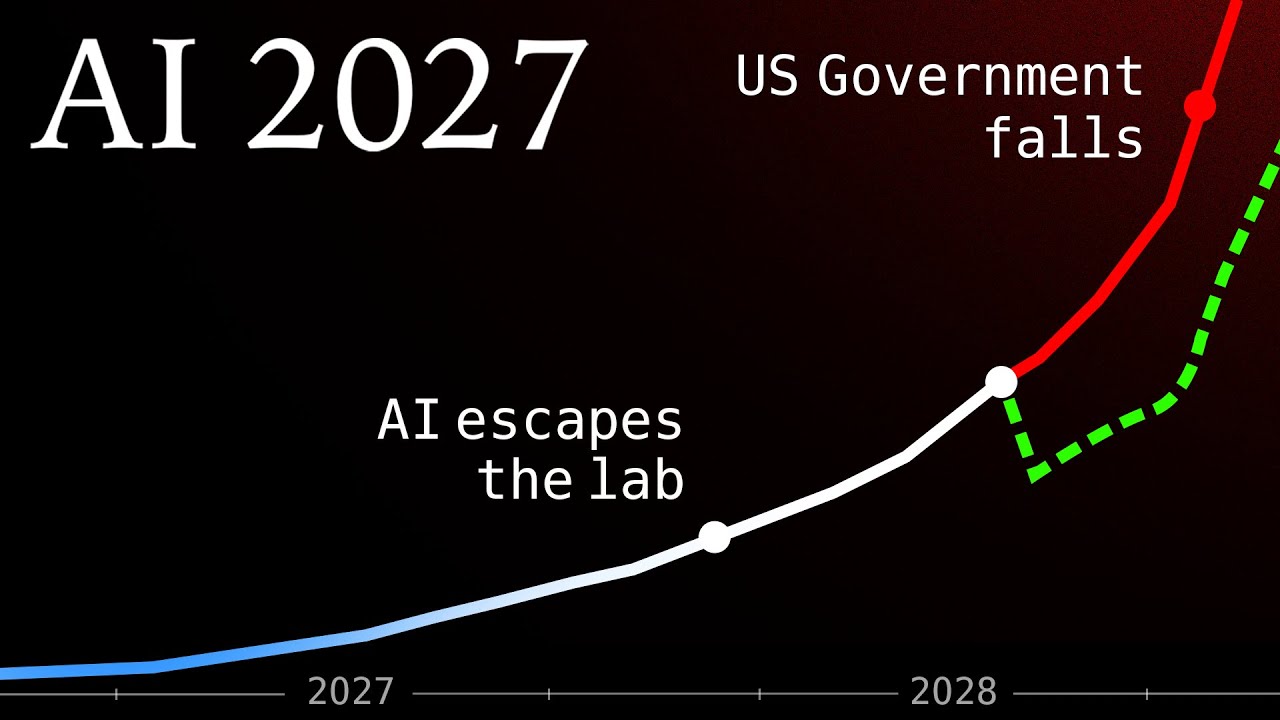Paul’s Perspective:
Integrating advanced AI into unmanned defense aircraft isn’t just a futuristic concept—it’s already changing how military operations are designed and delivered. For business leaders, it’s a striking example of how digital transformation, automation, and AI can create entirely new operational paradigms in highly complex and regulated industries.
Key Points in Video:
- Fury is designed as a Collaborative Combat Aircraft, working alongside manned fighter jets.
- The AI-driven jet allows for autonomous decision-making and mission execution in high-risk environments.
- Cost and scalability advantages enable deployments at a fraction of traditional fighter jet expenses, making unmanned fleets feasible.
- Rapid iteration and prototyping allow tech-forward companies like Anduril to innovate faster than traditional defense contractors.
Strategic Actions:
- Explore use cases for AI-driven autonomous aircraft in defense applications.
- Understand the principles of manned-unmanned teaming and collaborative combat concepts.
- Evaluate the cost efficiencies of deploying unmanned systems versus traditional platforms.
- Monitor advances in rapid prototyping and agile development in defense technology.
- Assess opportunities and risks of integrating AI at scale in mission-critical operations.
The Bottom Line:
- The Fury unmanned fighter jet represents a leap forward in military aviation, leveraging artificial intelligence to enable collaborative airborne missions.
- This technology could reshape the U.S. Air Force’s capabilities by combining autonomous systems with human pilots on the battlefield.
Dive deeper > Source Video:
Ready to Explore More?
We regularly help teams navigate the fast-changing landscape of AI and automation, collaborating to uncover new strategies for competitive advantage. Let’s talk about how our expertise could benefit your business transformation plans.





